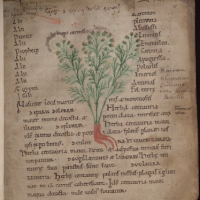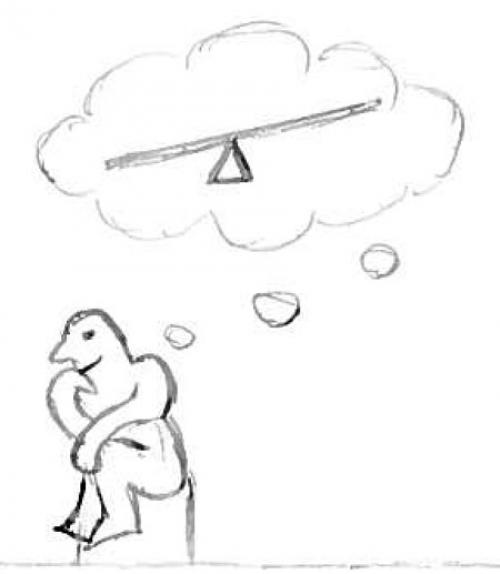
 Department Homepage
The College of Arts & Sciences
Department Homepage
The College of Arts & Sciences
Class teaches math and music with hands-on approach
A medieval game of numbers was one of many activities in the engaged learning course, "The Art of Math: Mathematical Traditions of Symmetry and Harmony."
More news





